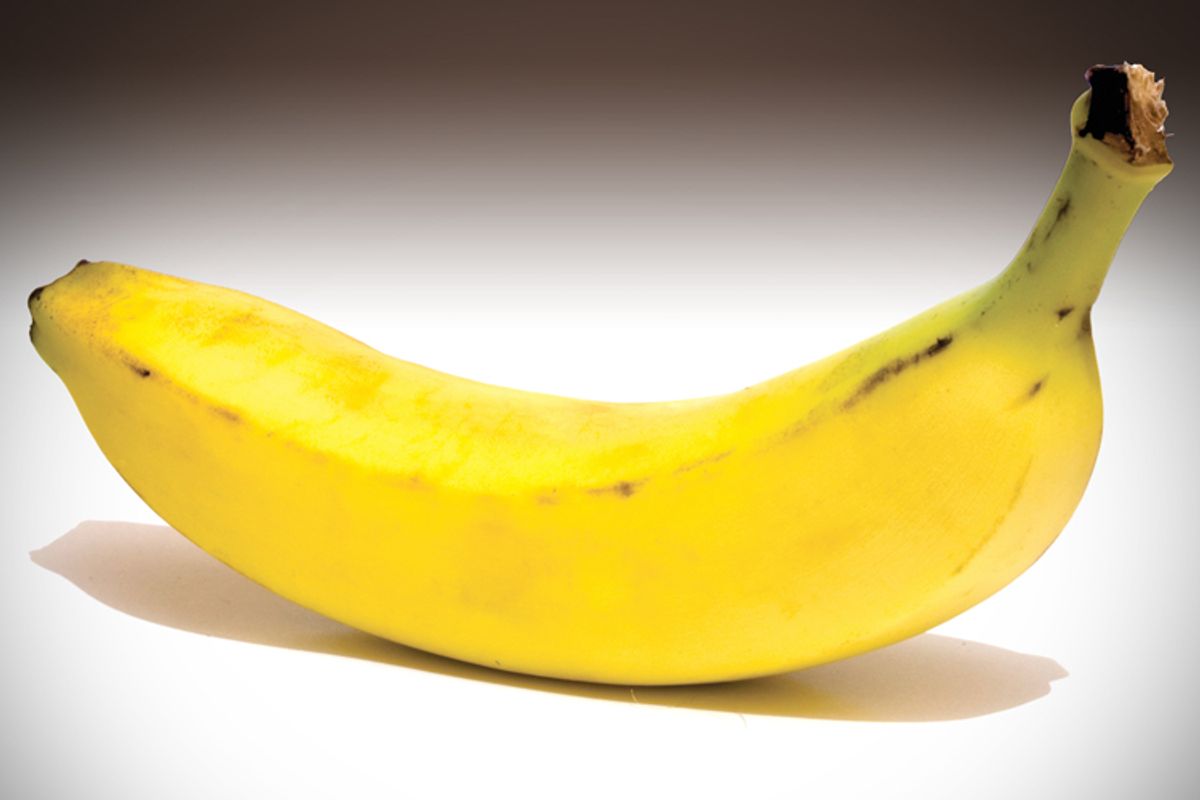Scientists may have uncovered why some animals, like snakes, have two penises, while humans and other mammals only have one. In a study published this week in Nature, researchers from Harvard Medical School looked at the differences between snake and reptile (squamates) genitals, and those of birds and mammals (amniotes).
In short they found that in reptiles genital growth mimics where legs sprout (or would sprout), and in mammals genitalia grows where a tail would develop.
All genitals originate from an embryonic structure called a cloaca. However, in reptiles and snakes, twin external genitals develop, while mammals only develop one. Scientists had yet to discover why this occurs, however they may have inched closer to an answer. From the Washington Post:
"According to this new research, the location of the cloaca might be the key. This embryonic trigger (which eventually turns into the urinary and gut tracks) sends out a molecular call to the cells around it. 'Genitals,' it says, 'make me some genitals.'
"Apparently in both locations, there are pools of cells that have the ability to receive this call from the cloaca," lead author Patrick Tschopp told the Washington Post. "When you move the signaling center, you can recruit different cells."
Tschopp, who is a postdoctorate researcher in genetics at Harvard Medical School, is not sure why the cloaca cell pools are in different spots in these animals. The next step is to answer that question.
What Tschopp and his colleagues did find out is that when they moved the cloaca tissue next to growing limbs in chicken embryos, genitalia cells began to grow there.
This study is a fascinating look into how something, like cloaca and receptor cell location, could alter the evolution of a species. In the future, scientists hope to use this information to treat human medical conditions.



Shares